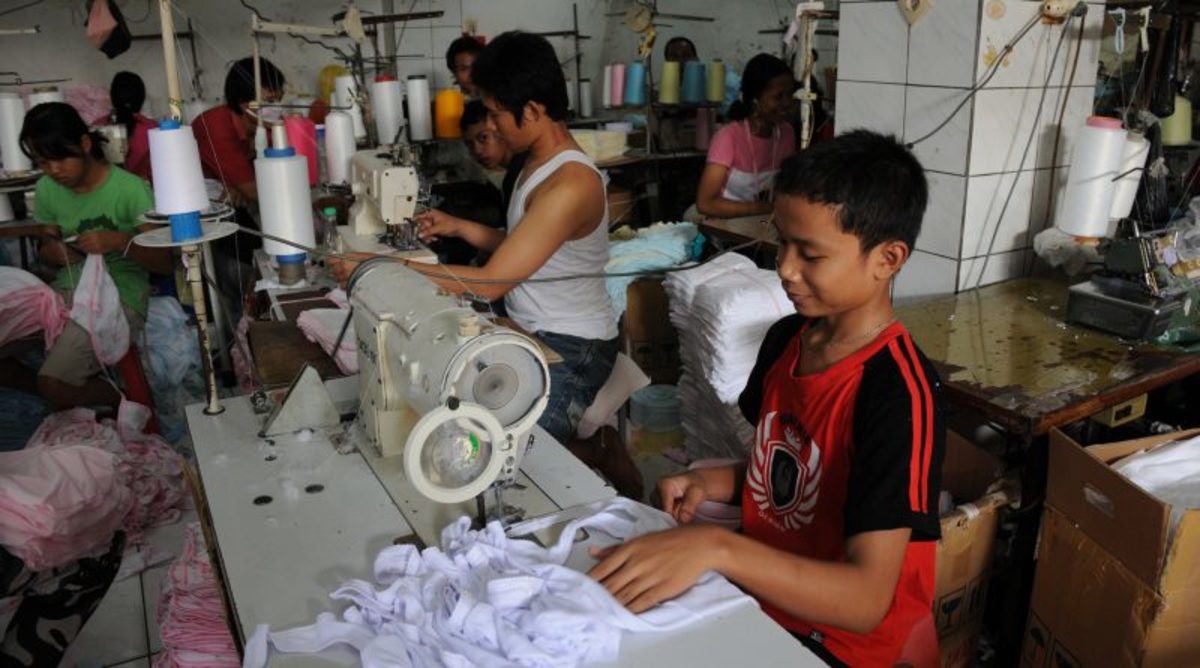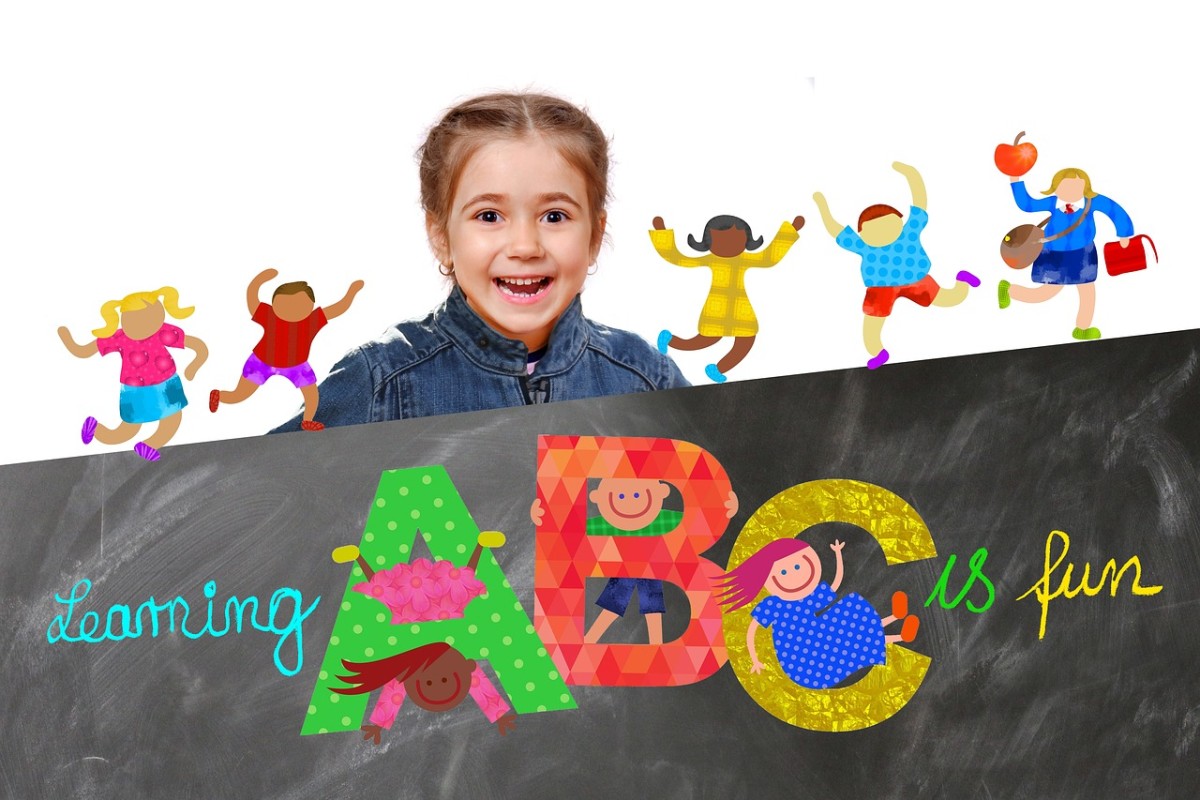Child labour - Child Labour in India
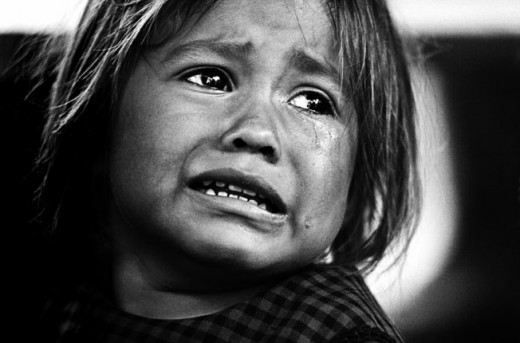
The problem child labor stands as one of the most critical global challenges. Child labour includes Children prematurely leading adult lives, working long hours for low wages. They work under conditions damaging their health, physical and mental development. Sometimes they are separated from their families and are deprived of meaningful education and training opportunities that could open up for them a better future.
Not all work done by children should be considered as child labor. A child who delivers newspapers before school, assisting their parents around the home, helping in a family business and earning pocket money outside school hours and during school holidays are positive indications which in fact contribute to their development and might actually benefit from learning how to work, gain responsibility and become a productive members of society. In short Children’s participation in work that does not affect their personal development or school education and also their health, can be regarded as something positive.
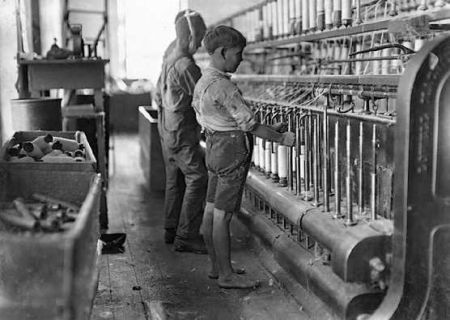
The most important factor contributing to child labor problem is poverty. The low income of the parents which is not adequate to meet the basic needs of the family, force the children to work and supplement the family income. The abject poverty and unemployment forces children to take up un-remunerative or low-renumeration work, which results into many social evils. In some cases children become bonded laborers to repay the debt of their parents. Poor school education is partly the reason for many children to dropout from the schools. Poor teaching methods and lack of emphasis on productive skills generation are the factors that do not encourage some parents or their children to continue in the schooling system.
In some traditional Occupations where skills are handed down from one generation to the other, children tend to follow the footsteps of the parents right from their childhood. Illiteracy among parents and ignorance of the intrinsic value of education also facilitated the growth of child labour. From the demand side, child labour is favoured by many cottage and small scale industries, as it is paid less than adult labor for the same work done.
The consequences of child labour are multi-fold. Education of the future citizens of the country is the major casualty. Most of the child laborers do not go to school at all. Uneducated child labour without proper skills remain as manual labourers even after they grow up and get low wages. Unsafe and unregulated working conditions affect the physical and psychological health of the children. Employment in hazardous occupations such as fire works, match and beedi making cause harmful diseases like tuberculosis and cancer in addition to the possible accidents in such units resulting in disabilities to children during tender age itself. Street children are vulnerable to drug abuse, pick-pocketing and other social vices. In the case of girls they are drawn into prostitution. All these make children potential antisocial elements in future, if not cared for properly. Children are the assets of any society and it is the responsibility of society to nurture them through various phases of their development to enable them to make a meaningful contribution to society.
In 2000, The International Labour Organization (ILO) estimates, 246 million child workers aged 5 to 17 were involved in work that by its nature is hazardous to their safety, physical and mental health and moral development. Some 8.5 million children were engaged in unconditional forms of child labour, which include bonded and forced labour, armed conflict, trafficking in children and commercial sexual exploitation. The survey however did not cover all categories of child workers, many forms of child labour are hidden from the statistician's eyes, particularly girls doing domestic work at the cost of their education are if considered, it would push the total still higher. The ILO in response to child labour initiated International Programme on the Elimination of Child Labour (IPEC) in 1992. IPEC currently having operations in 88 countries work to eliminate child labour. Child labour not only prevent children from acquiring quality education they need for a better future, it also perpetuates poverty and affects national economy through losses in competitiveness, productivity and potential income.
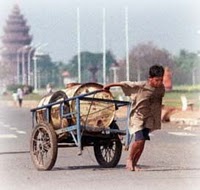
Child labor in India
Child labor in India is becoming a serious and extensive problem. The most inhuman and arduous form of child exploitation in India is the age old practice of bonded labor. It has emerged as an increasingly important issue at all levels. As per 2001 census, child labourers in India are 1.26 crores, constituting around 3.59% of the total labour force. Non-Governmental organisations involved in child development estimate the figure to be an underestimate as they do not include child workers in home based activities of the Indian economy. Uttar Pradesh (19 lakh) has the highest child labour population followed by Andhra Pradesh (14 lakh), Rajasthan (13 lakh) and Bihar (10 lakh), as per 2001 census.
Even as per 1991 census, 90 million children in the age group of 6-14 years are drop-outs from schools. Many of these children who are not in school could perhaps be working children at various levels. As per a Report of the World Bank published in January 2000, there are nearly 60 million working children in India, including 15 million bonded working children. Nearly one-third of the Gross National Product (GNP) is estimated to be contributed by child labor.
The 2001 census divided child labor into nine industrial divisions: 1. Cultivation, 2. Agriculture labor, 3. Livestock, Forestry, Fishing and Plantations, 4. Mining and Quarrying, 5. Manufacturing, Processing, Servicing and Repairs, 6. Construction, 7. Trade and Commerce 8. Transportation, Storage and Communication and 9. Other services. Among them 84.29% were employed in cultivation and agriculture labor. 39% of them are involved in manufacturing, processing, servicing and repairs. The focus of Human Rights Organisations was mainly on the child labor engaged in manufacturing because in these situations they are bonded laborers. Bonded child labourers in India according to ILO estimates during 1992 was one million and during 1999 according to United Nations it was 20 million world wide.

According to 2001 census, child workers population was more than one million in the states Andhra Pradesh, Madhya Pradesh, Maharastra and Uttar Pradesh. Several studies indicate that a majority of the working children are concentrated in the rural areas. According to the surveys conducted in Metropolitan cities it was found that Mumbai has the largest number of child labourers. Children in the urban areas are mostly working in the canteens and restaurants or engaged as domestic servants, picking rags and hawking goods. Preference for child labourers are most common in unorganised sectors because here it is easy for the employers to exploit them from giving even minimum wages. Children especially girls are trafficked each year across international borders. Victims trafficking are made to toil under horrific conditions they were deprived of the most fundamental rights and are subjected to threats and violence. Some women and children are forced to become sex workers where they suffer physical and mental abuse and are exposed to sexually transmitted diseases like HIV.
Child labor should be banned totally in all sectors and compulsory primary education should be imposed. Incidentally, where the primary education has taken deep roots, the child labor is lowest. For example, it is just 1% in Kerala. First the infrastructure in terms of adequate number of schools, teachers, class-room equipments etc. has to be expanded substantially to be able to accommodate all the children in the age group of 6-11 years. Secondly, banning of all kinds of child labor and making education free compulsory through an Act by itself will not produce the desired results. Social demand also should be generated from the side of the parents to seek education for their children. Food for Education scheme should also be launched in addition to the mid-day meals scheme under which poor parents would be provided rice or wheat in proportion to the attendance of their children in schools. School education should be more innovative and child-friendly and the curriculum more relevant to the needs of working children. Vocational skills also be part of the curriculum.
The existing laws on child labor have to be implemented with greater vigour. The Children (Pledging of Labor) Act, 1933; The Employment of Children Act, 1938; The Factories Act, 1948; The Mines Act, 1952; The Child Labor (Prohibition, & Regulation) Act, 1986 are some of the legislations enacted in India from time to time to protect and solve the problems of child labor. These legislations regulate working conditions, age, hours of work, wages and service of child labor.

